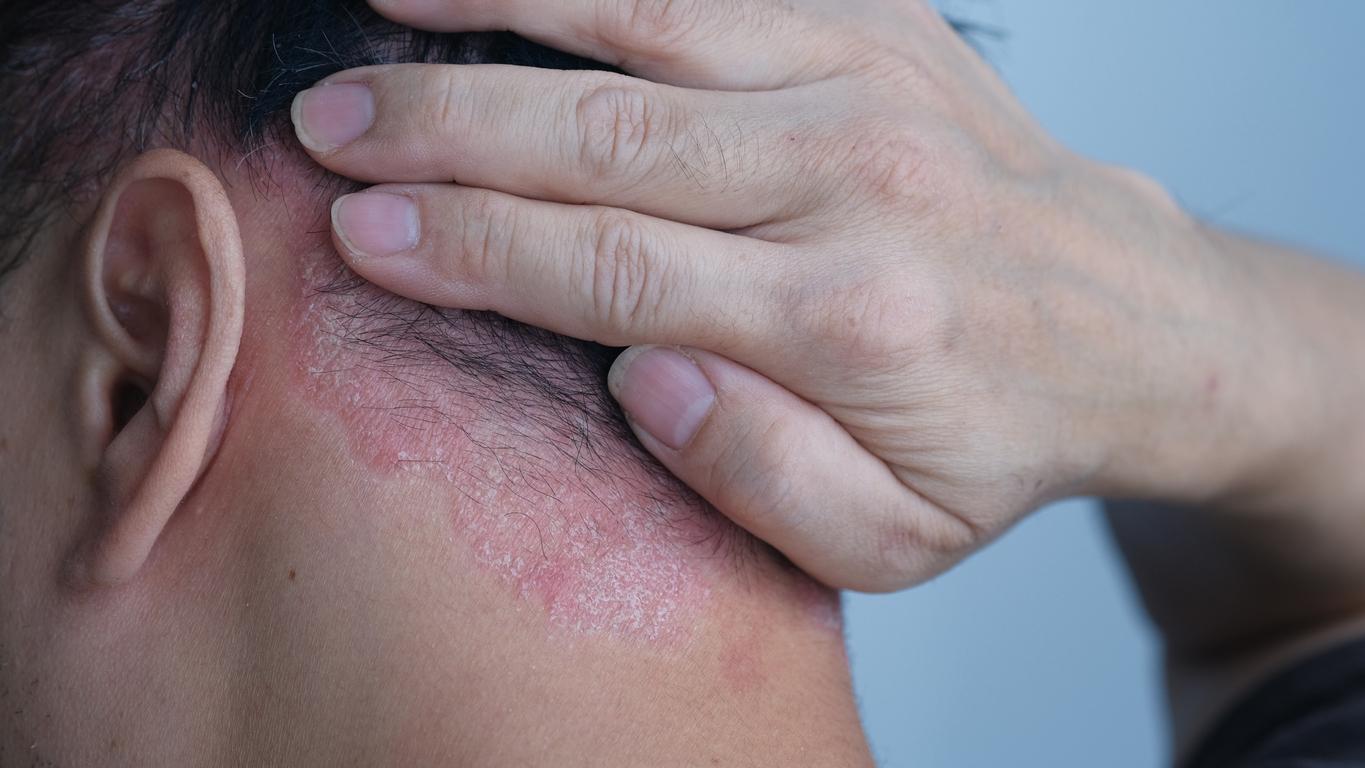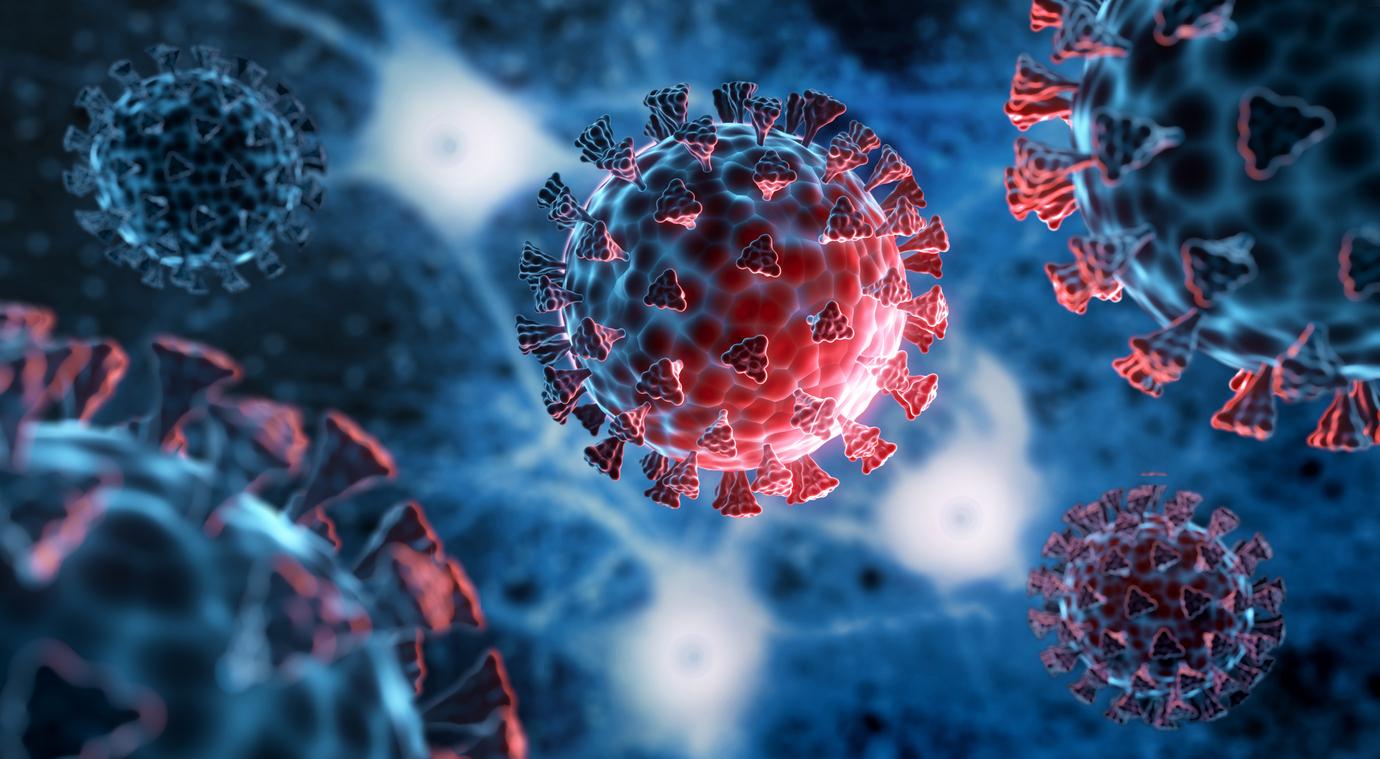The lasting presence of the virus and inflammation in the olfactory mucosa is the cause of the more or less transient anosmia.

- The virus will make the eyelashes disappear, carried by the sensory neuons, which allow the reception of odorous molecules and disorganize the sensory organ.
- The virus will then manage to penetrate the brain, explaining in passing why it causes psychological disorders in some patients.
- Paradoxically, this persistence of the virus in the respiratory tract does not prevent the possibility of false negative PCR tests.
It is one of the most common symptoms of Covid-19. It is estimated that between 60% and 80% of infected people are affected, at least temporarily, by anosmia, or loss of smell. If this symptom can be very disabling, the majority of patients recover after a few months or even a few weeks. Recently, researchers shared a technique to re-educate its olfactory functions. Their technique: smell four aromas twice a day.
Olfactory neurons, the gateway to the brain
French researchers have discovered the mechanisms that cause anosmia in certain infected patients. The study, conducted by scientists from the Institut Pasteur, CNRS, Inserm, University of Paris and AP-HP and published on May 3 in the journal Science Translational Medicinedetails the process by which this takes place and suggests that the persistence of loss of smell is caused by the long-term presence of the virus and inflammation in the olfactory mucosa.
The mechanism is divided into several stages. It starts with the viral infection that leads to “the disappearance of the cilia carried by the sensory neuronsdetails the Pasteur Institute in a press release published on May 5. However, these same cilia allow the reception of odorous molecules.” Present in sensory neurons, the virus will then cause “disorganization of the sensory organ“who then finds himself”destructured by coronavirus infection”. From there, the virus will penetrate “in the first cerebral relay of the olfactory system“driving”the presence of neuroinflammation and viral RNA in several regions of the brain”.
Once the virus has managed to climb to the brain, it will contaminate “the olfactory nerve and the olfactory nerve centers”, continues Pierre-Marie Lledo, researcher at the CNRS and co-author of the study. “Once inside the olfactory bulb, the virus spreads to other nerve structures where it induces a strong inflammatory response”, adds Hervé Bourhy, co-author of the study. Furthermore, infection of the olfactory neurons of the nasal olfactory mucosa “could constitute a gateway into the brain and explain why some patients develop various clinical manifestations, psychological (anxiety disorders, depression) or neurological (cognitive decline, susceptibility to developing a neurodegenerative disease)”, notes the Institut Pasteur.
Beware of false negatives
The researchers also revealed that the long-lasting anosmia, which some patients suffer from, is explained by “the persistence of the virus and inflammation in the olfactory mucosa”, says Marc Lecuit, co-author of the study. It can also lead to false negatives. “Conventional PCR tests using nasopharyngeal swabs may prove negative even though the virus persists deep in the nasal cavities”, writes the institute. The researchers recommend performing “diagnosis by nasal brushing“in addition to the test”in patients with loss of smell”.
These findings were made after a study conducted on eleven patients infected with Covid-19 who suffer from anosmia and “supplemented by analyzes on an animal model”, adds the Pasteur Institute, in this case hamsters.

.















